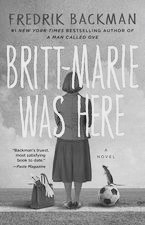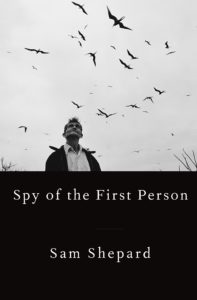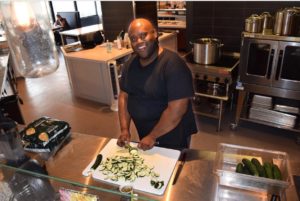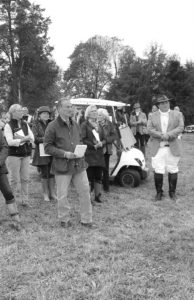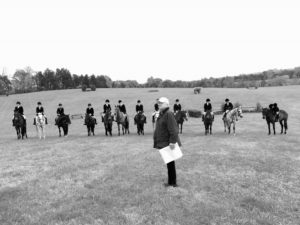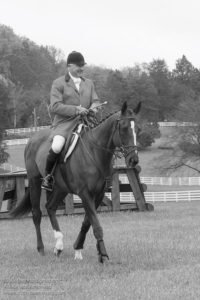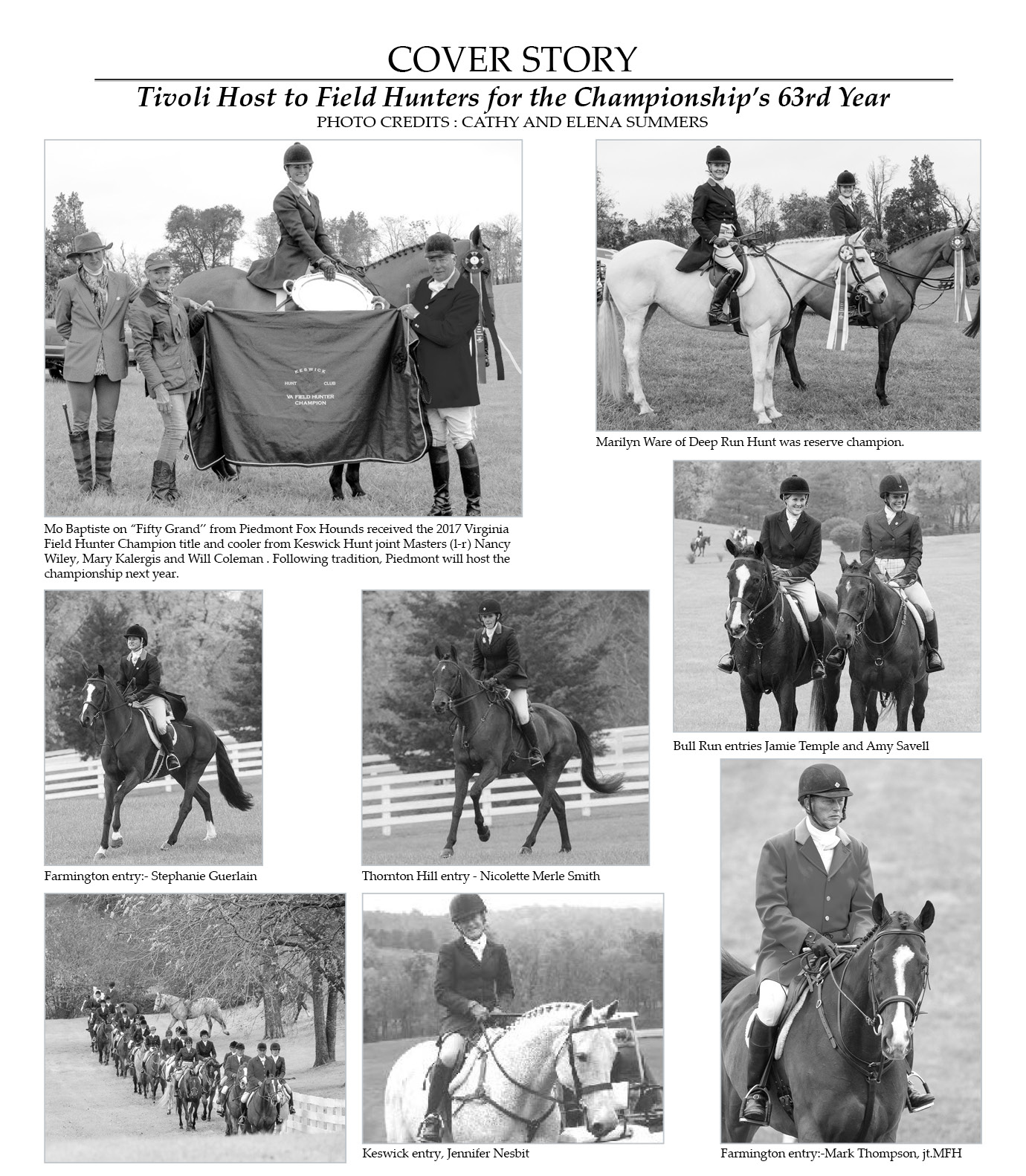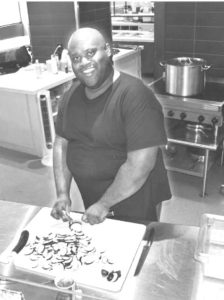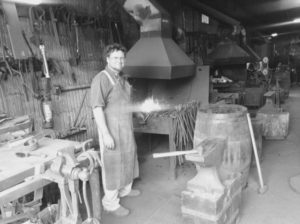 Though we are long bereft of a spreading chestnut, Keswick is lucky indeed to call the smithy Stokes of England it’s own. Situated in the old firehouse right behind the post office, when the large door to the forge is open it harkens to a village life of a bygone age. We have a betting man, young love, the University of Virginia and the town of Keswick, forty miles south of Carlisle, UK Steve Stokes’ hometown to thank.
Though we are long bereft of a spreading chestnut, Keswick is lucky indeed to call the smithy Stokes of England it’s own. Situated in the old firehouse right behind the post office, when the large door to the forge is open it harkens to a village life of a bygone age. We have a betting man, young love, the University of Virginia and the town of Keswick, forty miles south of Carlisle, UK Steve Stokes’ hometown to thank.
Don’t let the twinkle in his blue eyes or that he might be mistaken for a resident of Middle Earth fool you, our village’s smith is a man of steel. He regaled me with tales of going toe to toe with a giant of corporate America. Even if he didn’t win the court case he made the man spend as much as he owed. Without flinching the smith looked a future president in the eye and told the man unused to no he couldn’t afford the gates he wanted. Oh, and he even knifed the Duke of Windsor. Such accomplishments are not what one would expect upon meeting such an affable fellow as our Steve Stokes.
The self-described messed up middle child comes from a long line of ironworkers–back to the seventeenth century. His father both a blacksmith and an engineer taught his son the family trade as they worked in the forge from Steve’s early childhood. The elder Stokes after finishing his blacksmith apprenticeship did his national service in the Air Force in Germany during the fifties. While in the service he designed engine test beds for the North American Saber jet. In night school he earned his engineering degree. Because of his inventions in the military, he was offered a design engineering post by North American Aviation. He turned the offer down to return to England and to what he always wanted to do blacksmithing.
Only one of what I suspect were a multiple of perks for having such a creative and accomplished father, his children had the best toys in the whole county according to the eldest son. “We always had pedal go-carts.” At three, Steve’s dad built him a pedal tractor complete with front-end fork and a working tip trailer. No doubt the envy of all, the ten-year-old Stokes sported about in a real (complete with engine) Morgan three-wheeled car thanks to dear old pops creative genius.
While Longfellow describes his smith as plodding through life the Stokes clan hammers that stereotype to bits. The major muse stoking the Stokes is innovation. A London surgeon approached the elder with a conundrum. How does one put stainless steel mesh inside a blood vessel? Not one to shirk from an issue as mundane as it’s-never-been-done, Steve’s father unleashed his genius on the problem. He hand-forged a plunger and then took stainless steel mesh off a hydraulic tractor hose and fashioned a prototype stint. The Londoner thanked him very much and went off to take credit for the stint Mr. Stokes invented.
Speaking of mesh Steve was asked by a young lady last year if he might be able to design a copy of Princess Leah’s slave costume. Just like the proverbial apple, he replied without hesitation, “Probably, except I don’t know what a Princess Leah’s slave costume looks like.” His client aghast at his lack of Star Wars minutia told him to watch the movie and call her. He did so, met the lady in question again and assured her that in fact, he could fashion the costume out of copper and brass. However, it would entail fittings and measurements taken in the nude, not a problem for his client as it turned out. She started to strip down right there in front of the apprentices. “Perhaps his office would be a more appropriate and private place to undress,” he suggested. I asked how he was able to fit the bra. A gesture not too dissimilar from the one that ended Al Franken’s Senate career was his cringed reply. Having had a bustier fitted in the exact same manner it made perfect sense to me. I suspect these days he might have passed on that job.
Creations fabricated by our iron man can’t help but bear something of his wit and charm of which he abounds. One of the most delightful aspects of his art is how he personalizes each piece for its owner. An example of this is when Prince Charles asked to have something fashioned by Stokes Of England. Since the Prince was an avid gardener, it was suggested that a pruning knife would fit the bill. Knowing His Majesty enjoyed driving his Range Rovers Steve fabricated the knife from a Range Rover leaf spring.
Despite working for many celebs, Steve’s biggest kick was to work for a relative unknown in California who owned the Beverly Hillbillies’ mansion. Back in the sixties watching his favorite show on a black and white TV, he never dreamed one day he would be doing ironwork for the same house. Since his job didn’t require access to the residence he is unable to substantiate if there were more rooms than the front hall. I didn’t ask if he got a look at the cement pond!
The circuitous route he took to arrive here included Sudan, Libya, Zambia, a boarding school in Wales and The Episcopal High School. While back in England at boarding school, an American exchange student pal bet our intrepid friend six pints of beer he wouldn’t apply to come to the U.S. on an English Speaking Union Scholarship. He took him up on the bet, got his six pints of beer, and ended up in Alexandria as a student at Episcopal High School. Strict rules often challenge the more creative types, rules like not having a car or staying on school grounds. You can tell how long ago this was Steve wore a balaclava whenever he drove the car he sequestered off campus. That wouldn’t attract any attention now! And being caught sneaking out back in his day was more of a negotiation over the amount of demerits than any real punishment.
As he put it, he was never allowed out so he never met any girls. Upon hearing that there would be girls from the local high school in the school play he endeavored to meet some. Never having acted, he tried out. Cast as the lead due to the assumption that since he spoke with an English accent he must be able to act. He played the timid husband to his future wife Alison Knight. His brilliant bit of acting had more to do with abject stage fright than any theatrical prowess. The next year Alison went off to UVa and Steve wasn’t far behind.
Both of their daughters worked along with their father. When they were six and four, the girls made some iron projects that the proud parents entered in the Royal Show. Princess Margaret took a shining to the pieces. Part of the display was a photograph of the girls making the items. The Princess wouldn’t believe that girls so young were capable of the ironworking.
Despite her majesty’s disbelief the girls are quite capable of caring on the family tradition if their father decides to hang up his hammer. If Steve does retire anytime soon my suggestion to him is sit by the forge and tell stories. As storytellers go, I’ve never met a better one!
Under a spreading chestnut-tree the village smithy stands ~Longfellow




